Calathea is a genus of neotropical rhizomatous herbaceous perennial plants that are known for the unique leaf movements of patterned foliage (more on that below). Calathea's are also considered pet-friendly plants, making them great plant picks for anyone that shares a space with curious pets.
In the tropics (mostly Brazil), colorful calathea leaves are used for handicraft and food wrapping. Because of the diversity of the leaf shapes, baskets are weaved with the lanceolate leaves, and food is wrapped with the wider leaves. These colorful leaf markings also make them popular houseplants, and their popularity has been growing.
Calatheas are part of the ‘prayer plant’ family, Marantaceae. The prayer plant nickname stems from the daily movements of the plants leaves, known as nyctinasty. Various plants in this family move their leaves up at nighttime and lower them in the daytime in accordance to a circadian rhythm. They move their leaves by changing the water pressure in their pulvini, the swollen nodes at the base of the leaf, along the leaf stalk (petiole). It is believed that these movements are meant to follow the sun’s movement in the sky in order to maximize light absorption.
Although Calatheas are more difficult to grow we still love them and think they look great in any room. Shop our selection of Calatheas and get 10% off your entire purchase when you use code CareGuides.
Water
Water every 1-2 weeks, allowing soil to dry out half way down between waterings. Expect to water more often in brighter light and less often in lower light.
Light
Calatheas thrive in medium to bright indirect light, but can tolerate low indirect light.
Humidity
Calatheas prefer higher humidity if possible. Consider incorporating a humidifier to boost humidity level indoors.
Soil
This plant prefers a well-draining soil; look for ingredients like compost, pine bark, coco coir, worm castings, and perlite.
Toxic
This plant is toxic non-toxic to pets!
Common Problems
Calatheas are generally easy-going plants but there are some common problems you can look out for:


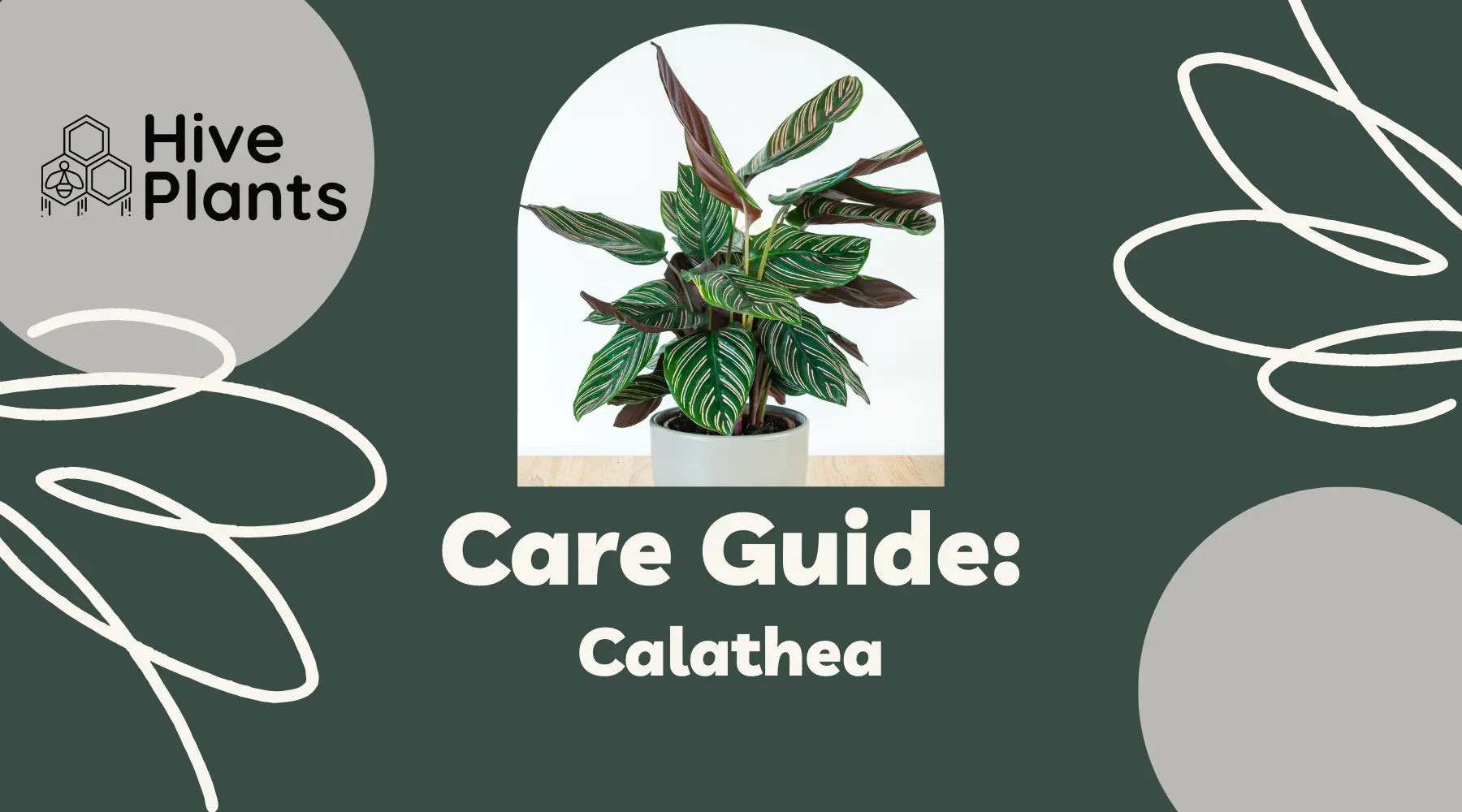
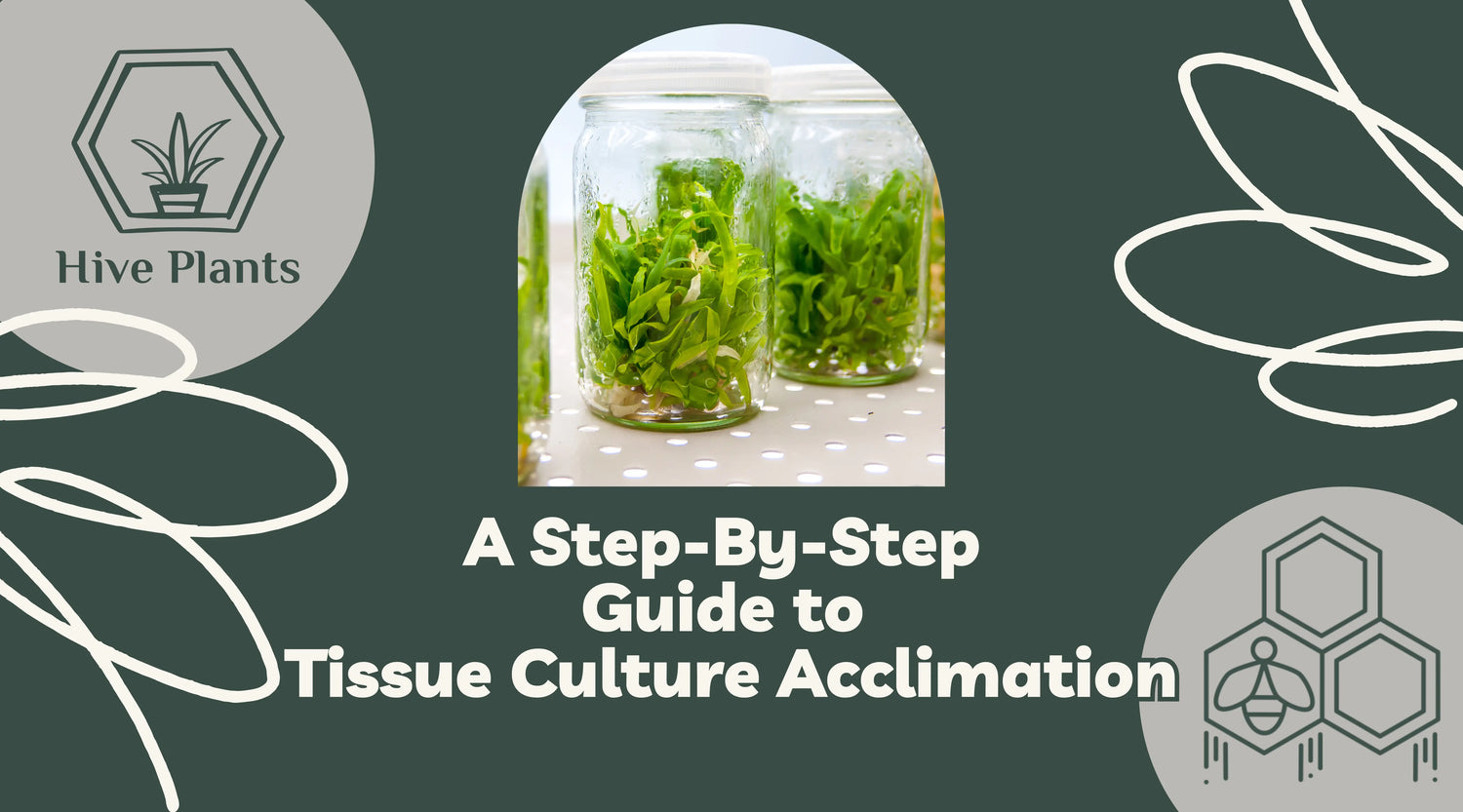
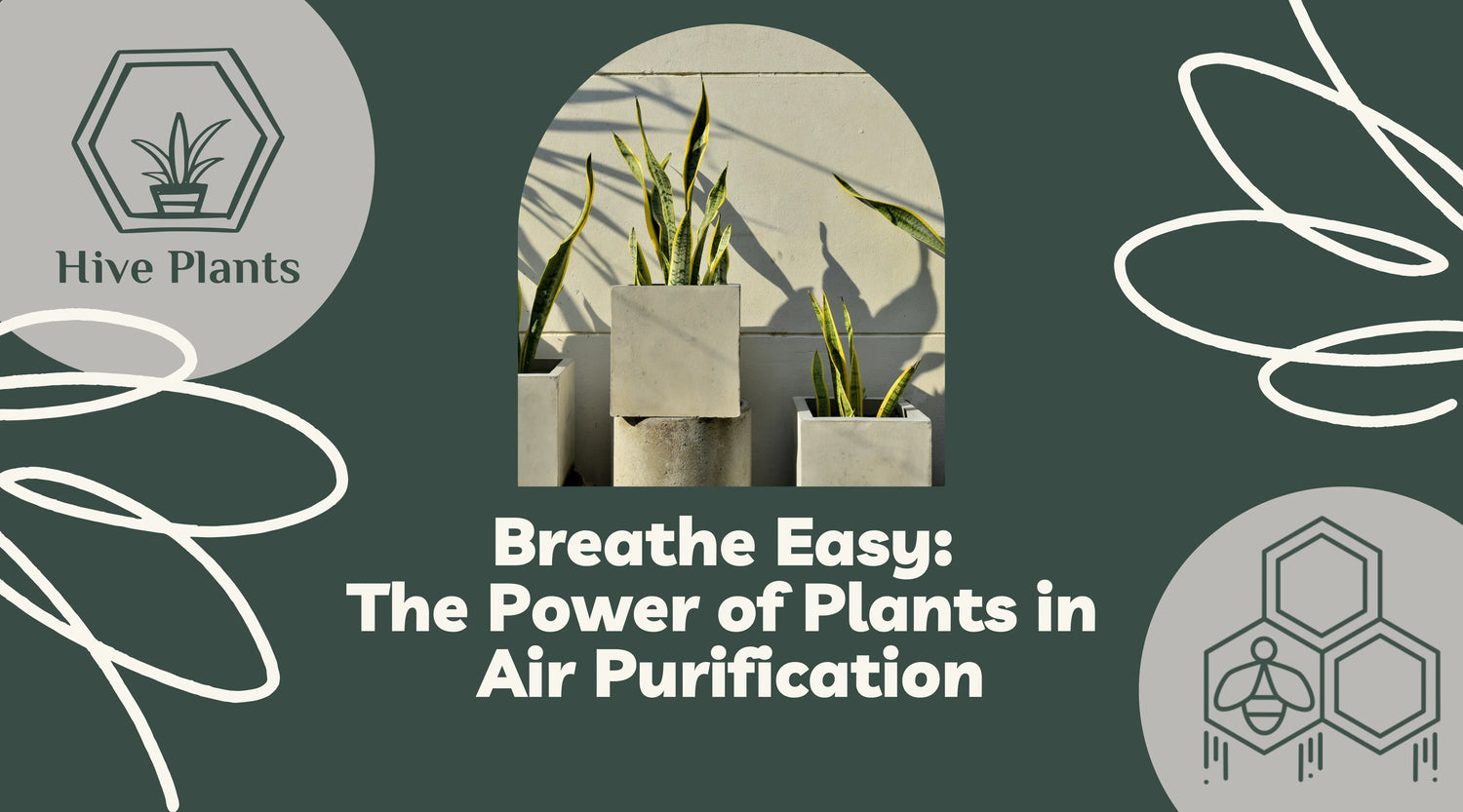
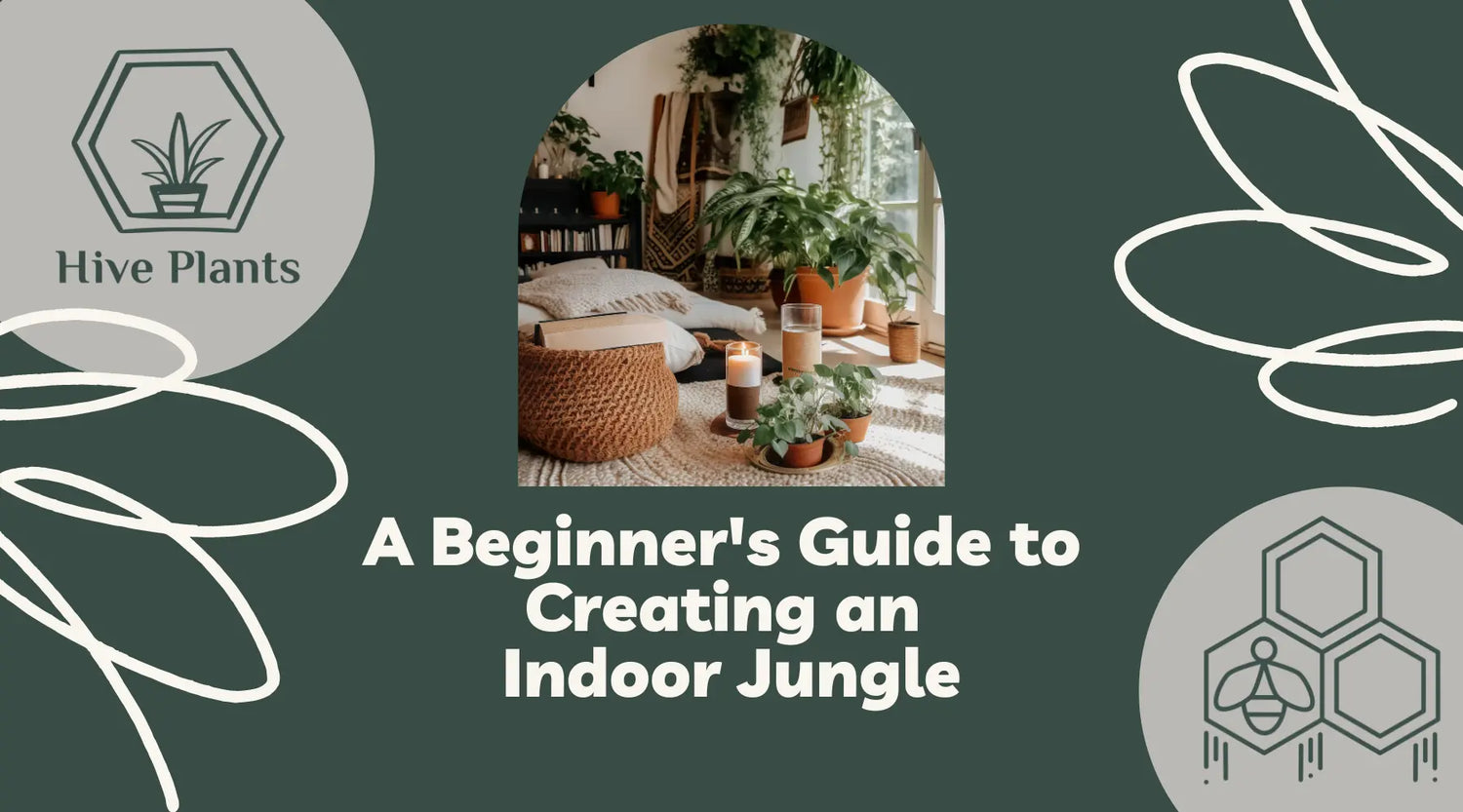
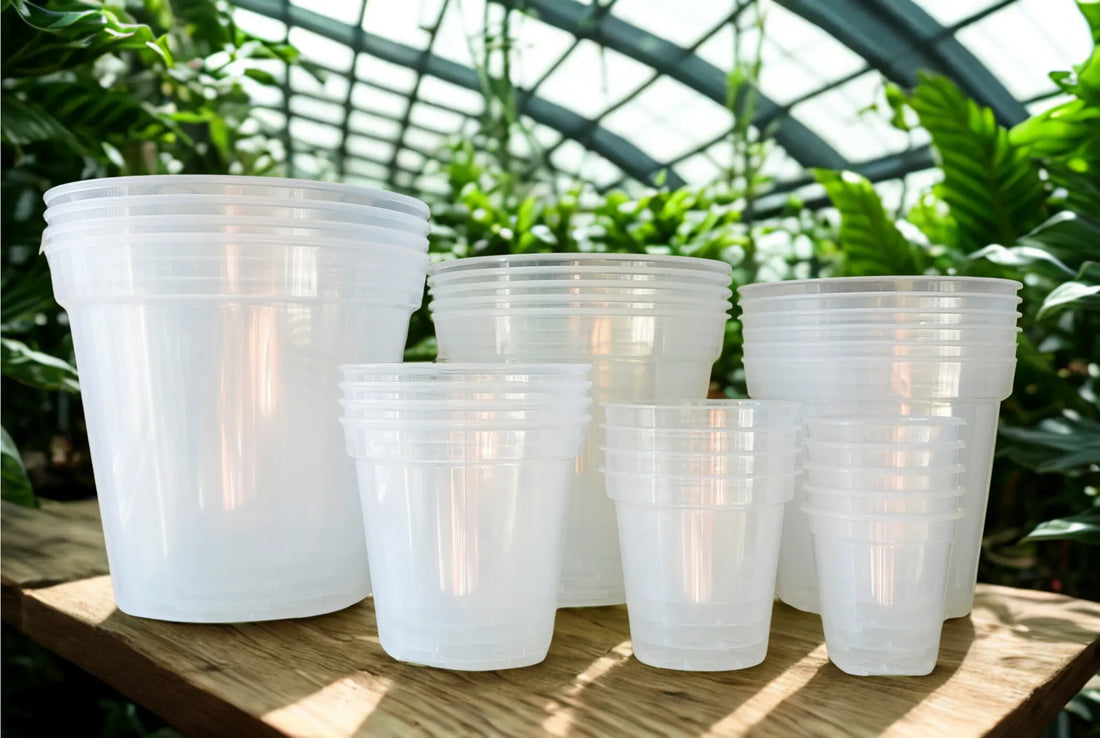
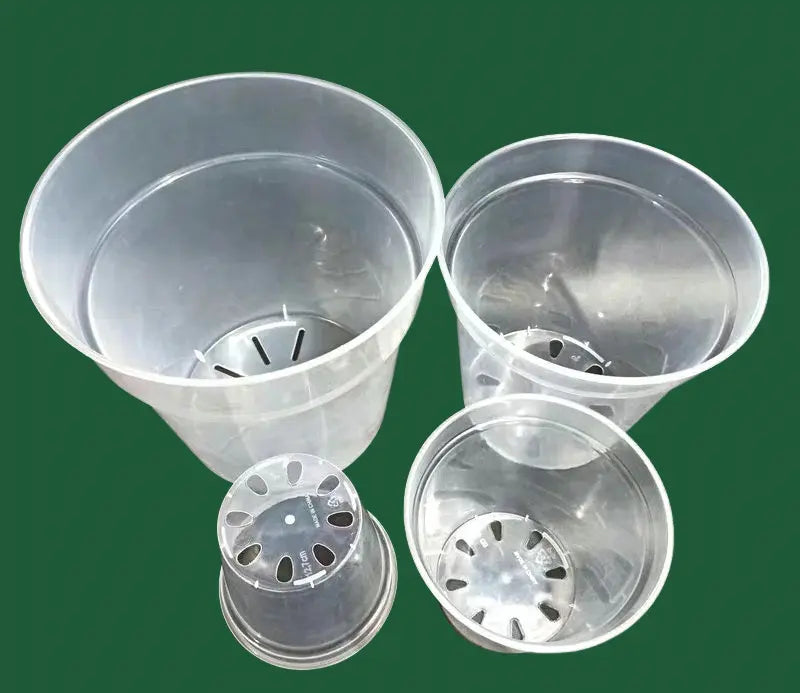
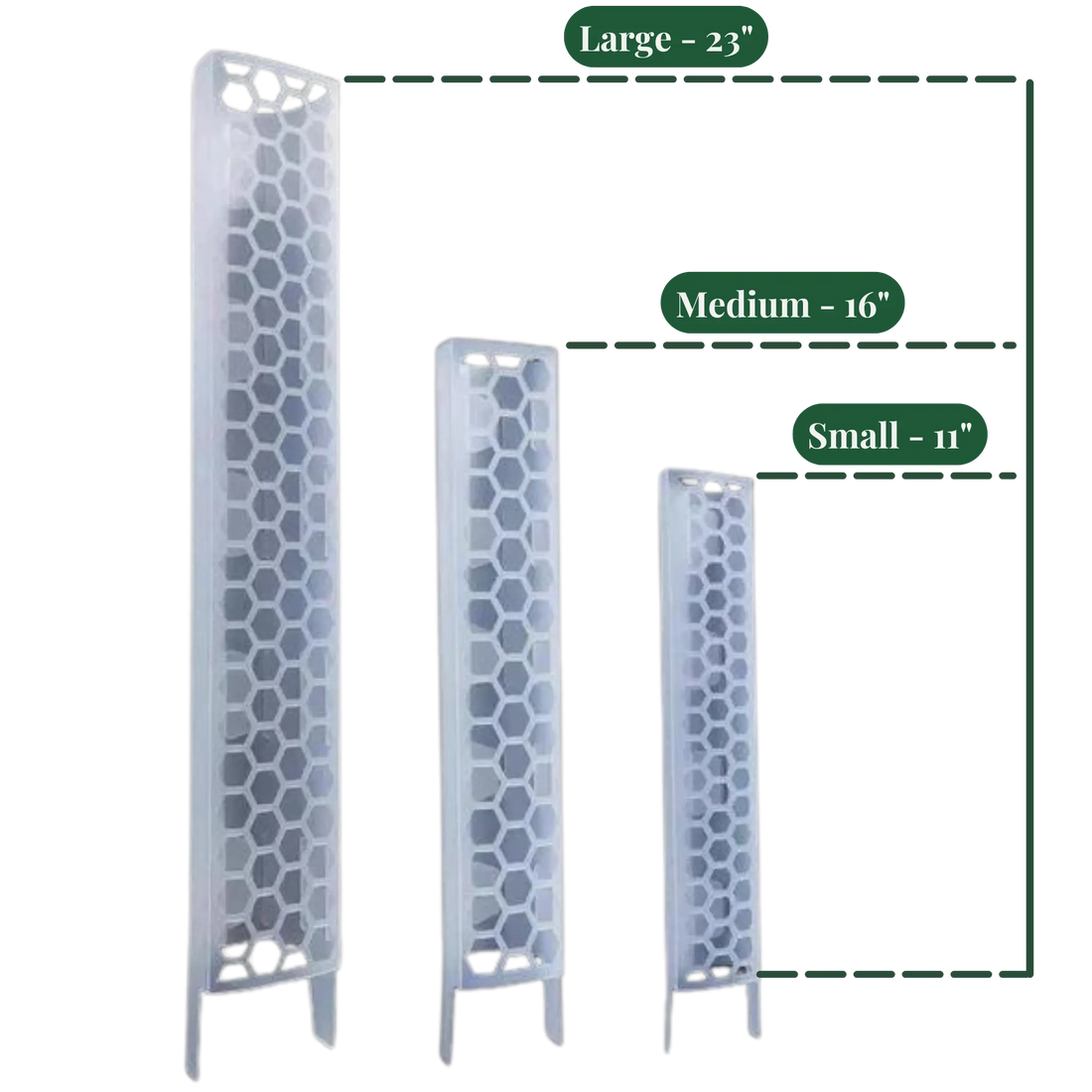
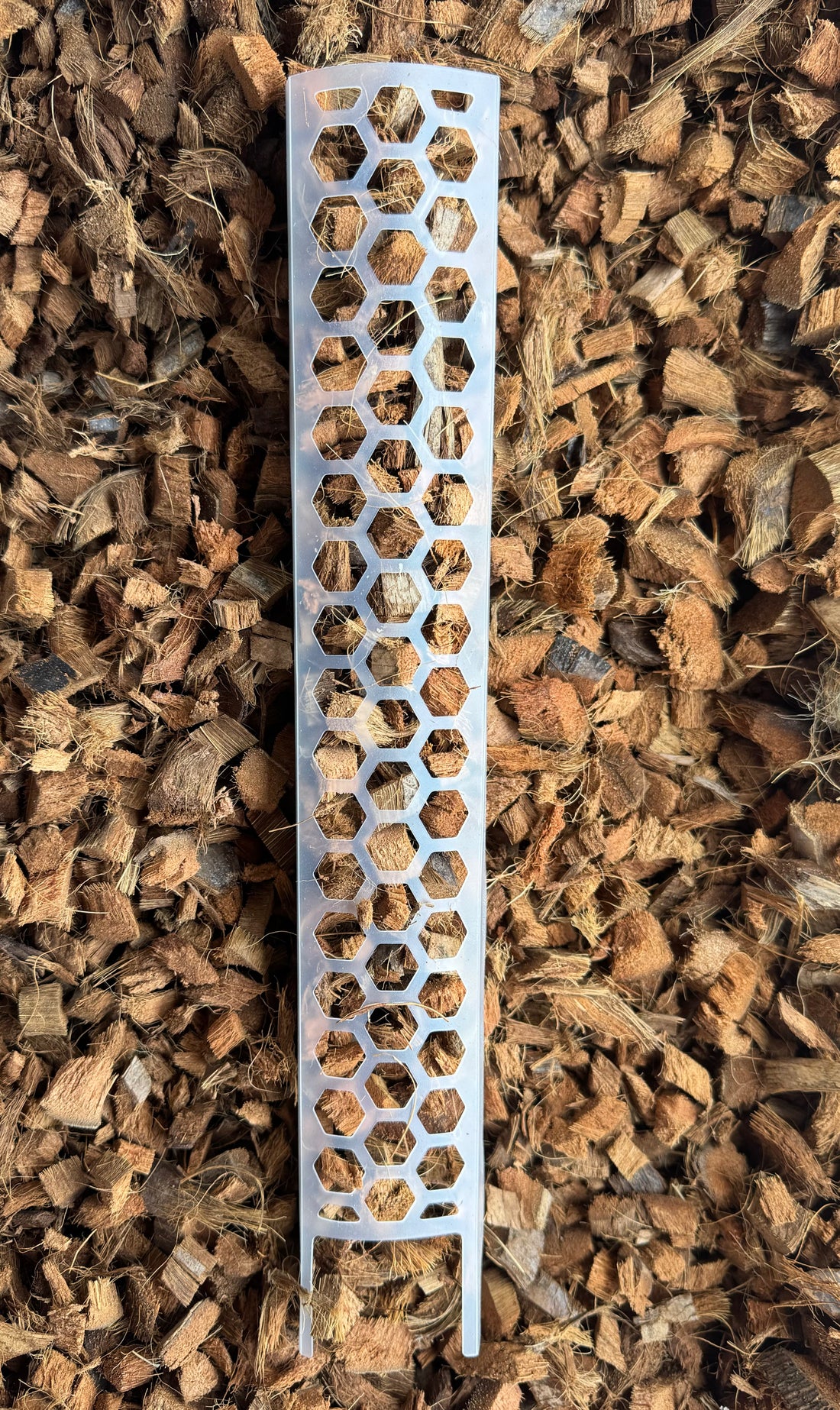
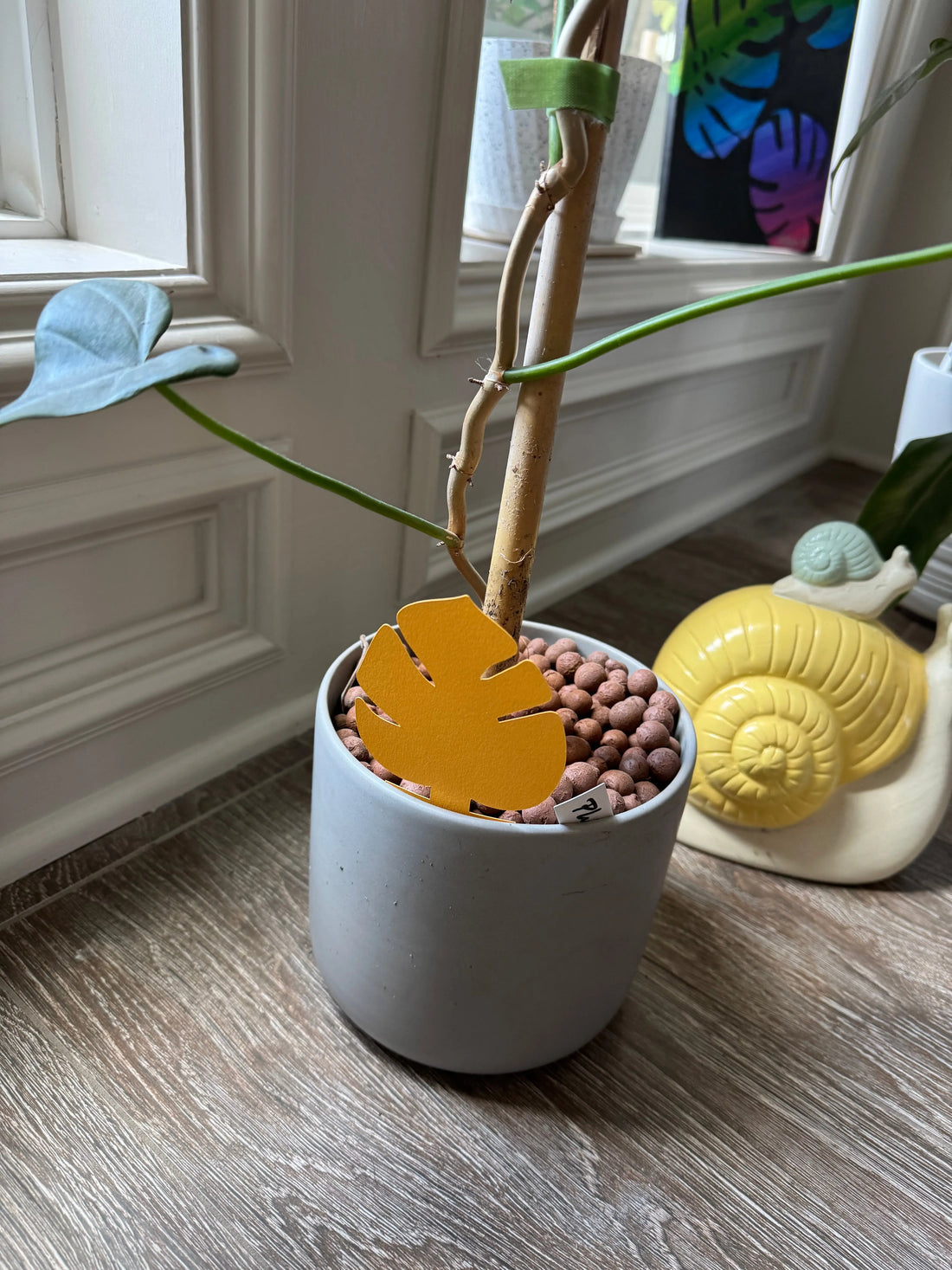
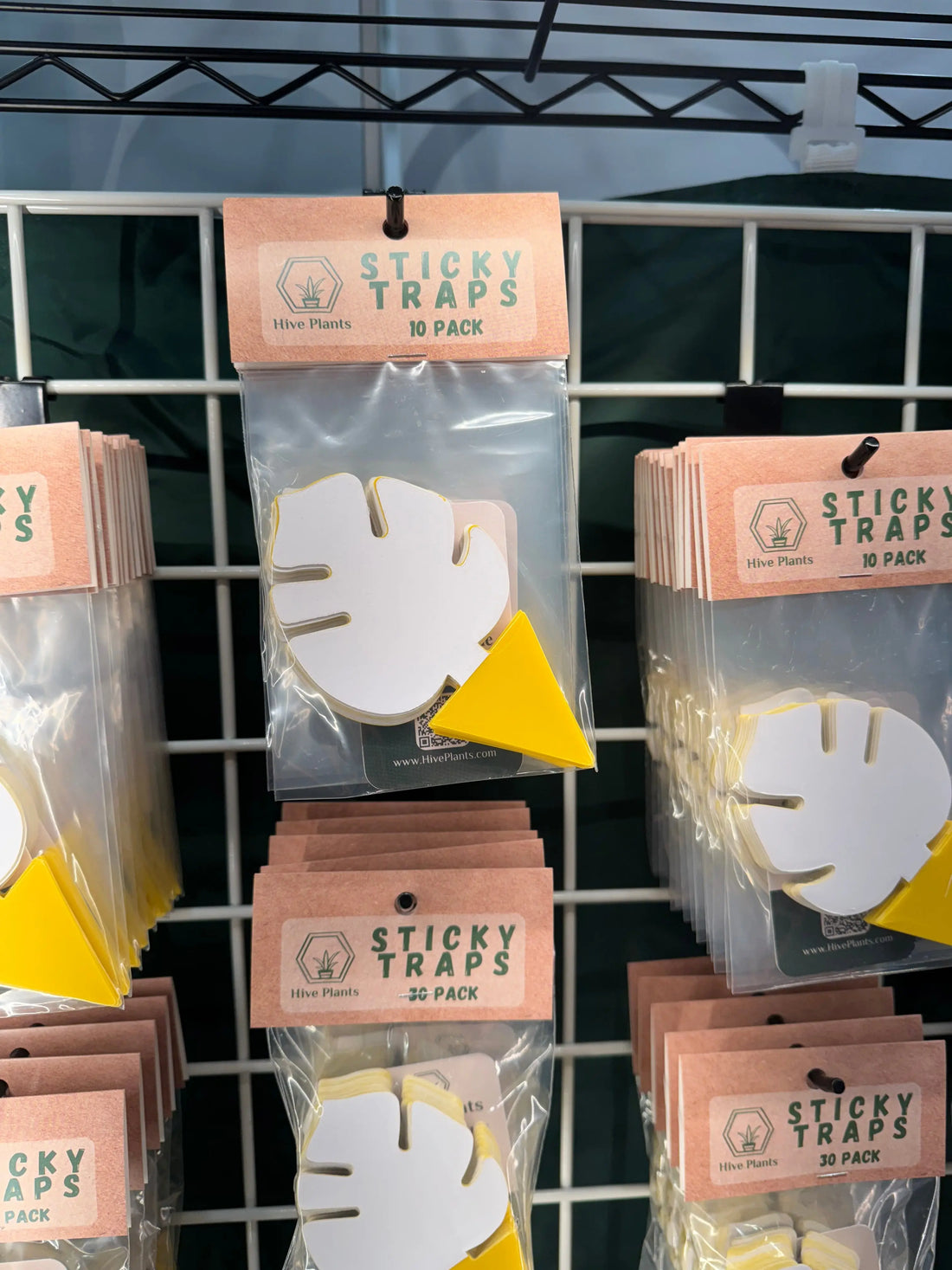
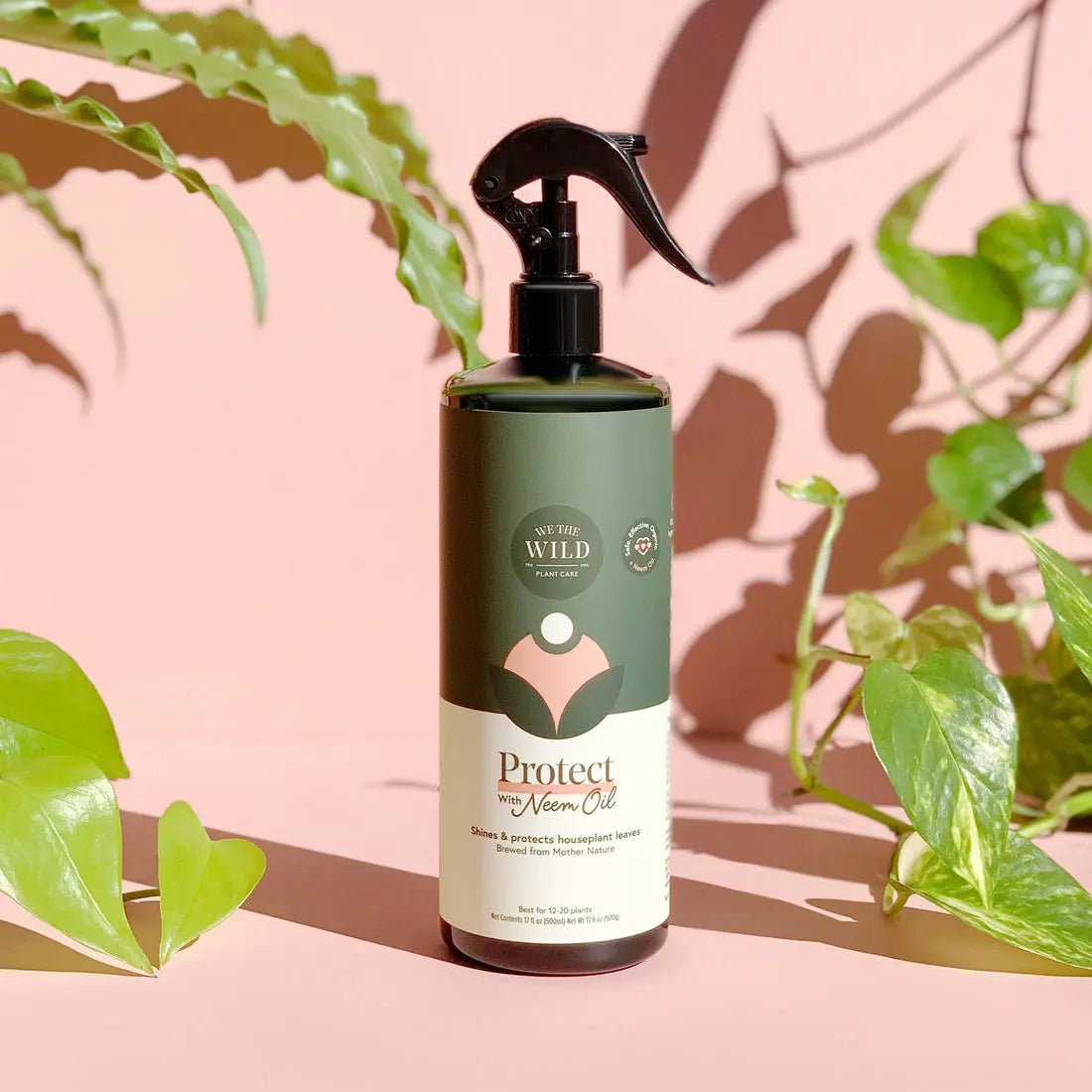
1 comment
My Calatheas have been struggling lately so I’ll definitely try the tips in the guide, appreciate the advice!